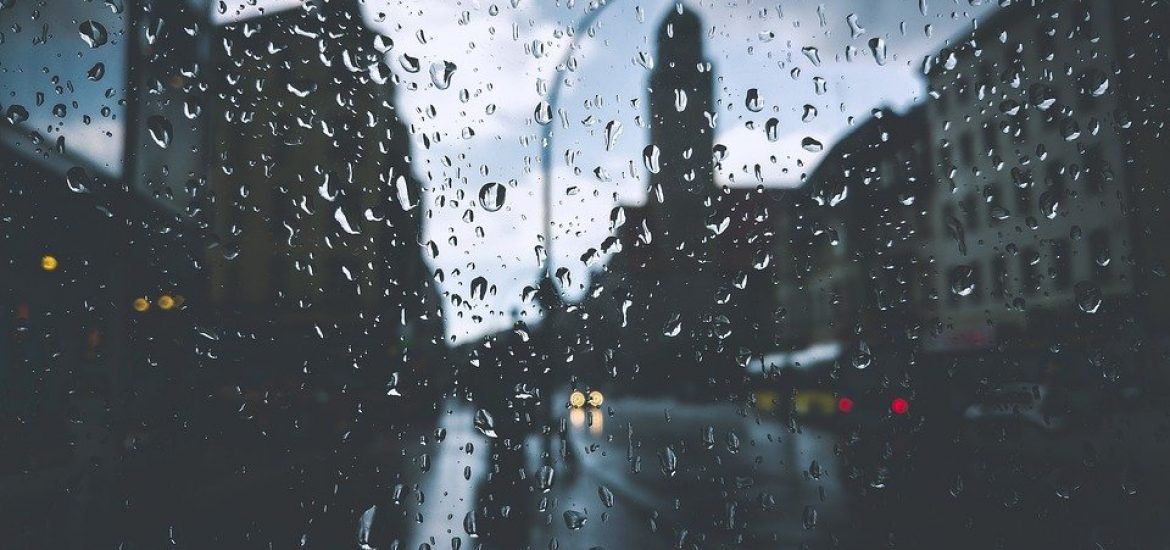
Victorian weather information dating back nearly 200 years reveals record-breaking wet and dry periods, according to a study published in the Geoscience Data Journal. The data was digitised from written records during the early stages of the 2020 lockdown by thousands of volunteers looking for something to do during isolation.
In March 2020, a team of researchers from the University of Reading, UK, launched the Rainfall rescue project. The idea was to give the public a way to distract themselves during the lockdown and at the same time transcribe 130 years of handwritten data for rainfall observation from the UK and Ireland.
About 16,000 volunteers came forwards and digitised 5.2 million observations in just two weeks. After all the data was transcribed, eight dedicated volunteers organised it into chronological order for each location. As a reward, these eight volunteers were named as co-authors in the paper published as a result of this work.
About 3.3 million observations have now been verified and made public by the Met Office national record, in effect extending their records back to 1836. This massive effort revealed some extreme dry and wet months in the UK, providing some context around recent changes in rainfall due to climate change.
“I am still blown away by the response this project got from the public. Transcribing the records required around 100 million keystrokes, yet what I thought would take several months was completed in a matter of days. Thanks to the hard work of the volunteers, we now have detailed accounts of the amount of rain that fell back to 1836, as seen through the eyes of other dedicated volunteers from several generations ago. To put that in context, 1836 was the year Charles Darwin returned to the UK on the Beagle with Vice-Admiral Robert Fitzroy, and a year before Queen Victoria took to the throne,” said Professor Ed Hawkins a climate scientist at the University of Reading and Rainfall Rescue project lead.
“As well as being a fascinating glimpse into the past, the new data allows a longer and more detailed picture of variations in monthly rainfall, which will aid new scientific research two centuries on. It increases our understanding of weather extremes and flood risk across the UK and Ireland and helps us better understand the long-term trends towards the dramatic changes we’re seeing today.”
“The UK rainfall record is notoriously variable, with extremes of weather presenting us with drought and flood. The more we can shine a light into the earlier chapters and extremes within the rainfall record, the better we are able to understand the risks presented to us by climate change and future extreme weather events,” added Dr. Mark McCarthy, head of the Met Office’s National Climate Information Centre.
Originally, the records from the Met Office went back to 1862. Thanks to the Rainfall rescue project, there are now about six times more data for the years before 1960. The number of locations contributing to national data also increase from 19 to more than 700. The authors believe these records can prove valuable to understand changes in the weather before climate change.
“This project has broken the definition of an archive. In its lifecycle, a document moves from being a record, in everyday use, to an archive where it is kept as part of a memory – in our case, the National Memory of the Weather,” said Catherine Ross, Met Office archivist. “However, this project’s 66,000 formerly inanimate sheets of numbers have been given a new life by placing data that can be interrogated and compared into the hands of scientists at the Met Office and around the world.”
Hawkins E, Burt S, McCarthy M, Murphy C, Ross C, Baldock M, Brazier J, Hersee G, Huntley J, Meats R, O’Grady J, Scrimgeour I, Silk T (2022) Millions of historical monthly rainfall observations taken in the UK and Ireland rescued by citizen scientists. Geoscience Data Journal, https://doi.org/10.1002/gdj3.157